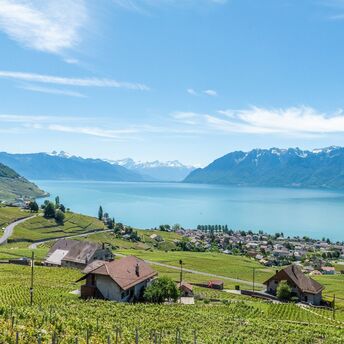New Wyndham Days Inn Opens in Shantou, Increasing Hotel Availability Beyond China’s Largest Cities

Wyndham Hotels & Resorts has opened its 100th Days Inn hotel in China, marking a new phase of expansion in the country's mid-scale hospitality sector. In Shantou, a coastal city in Guangdong Province, the hotel is positioned between Jinping District’s core and the nearby Shantou Bay coast. This opening reflects Wyndham’s broader strategy to increase access to reliable accommodations in developing urban areas across the country.
Over the past five years, the Days Inn brand has expanded steadily in China, now operating in approximately 60 cities. The latest hotel in Shantou joins locations in major urban and emerging centers such as Beijing, Chengdu, and Harbin. The brand's presence in second-tier cities is designed to meet the demands of China’s growing domestic tourism sector while offering more standardized lodging options for travelers moving between regions.

The Queshi Scenic Area, known for its beautiful coastal trails and distinctive rock formations, is a short distance from Days Inn by Wyndham Shantou Jinping. Just a short drive away, Zhongshan Park offers green space and panoramic views of the city, while the Jinsha Bay Promenade is ideal for evening walks along the sea. These sites give travelers a chance to experience the local environment and culture away from the usual tourist spots.
Days Inn by Wyndham Beijing Haidian is situated near the dynamic Zhongguancun commercial hub, frequently referred to as "China’s Silicon Valley." Nearby, the Beijing Botanical Garden offers a relaxing environment, while Yuyuantan Park becomes a cherry blossom hotspot in spring. Travelers can experience a mix of urban activity and nature without having to travel far from their hotel.

As international hotel brands reach further into China’s expanding urban areas, they make regional travel more manageable for both domestic and foreign visitors. With consistent accommodation options near practical and scenic sites, travelers can explore more independently, without relying solely on major city centers. This shift in infrastructure encourages longer, more diverse trips and opens access to areas that were once harder to include on standard travel routes.



















